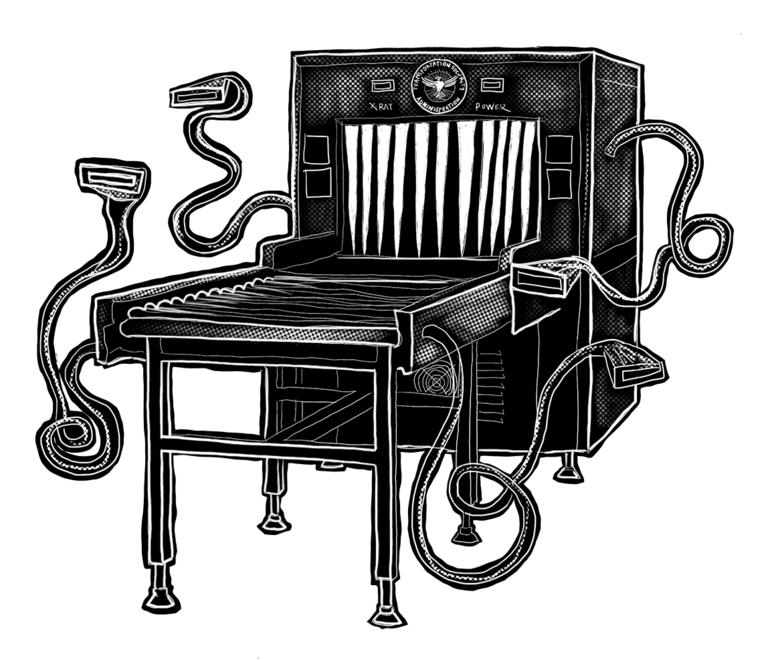Secure Flight Passenger Database (SFPD)

In November 2001, then-President Bush signed the Aviation and Transportation Security Act into law, creating the Transportation Security Administration (TSA) — a division of DHS that operates a travel-permission system for domestic US flights called “Secure Flight.”
“Secure Flight” began as a program where aircraft operators screened names from passenger reservations to see if they matched or closely resembled any included on a “No Fly List”Footnote 1 and other federal watchlists of “known or suspected terrorists” created by the FBI. If the aircraft operator suspected a watchlist match, the operators were supposed to notify TSA and send the targeted passenger for enhanced in-person screening.
Today, “Secure Flight” allows TSA to access CBP’s surveillance dragnet and prediction tool — Automated Targeting System, or ATS, and write rules for the algorithm used by the ATS system to decide who qualifies as a “risk” and will be added to a category of people who will be subject to increased security checks. Targeting rules, and therefore the people targeted, can change day to day.Footnote 2

